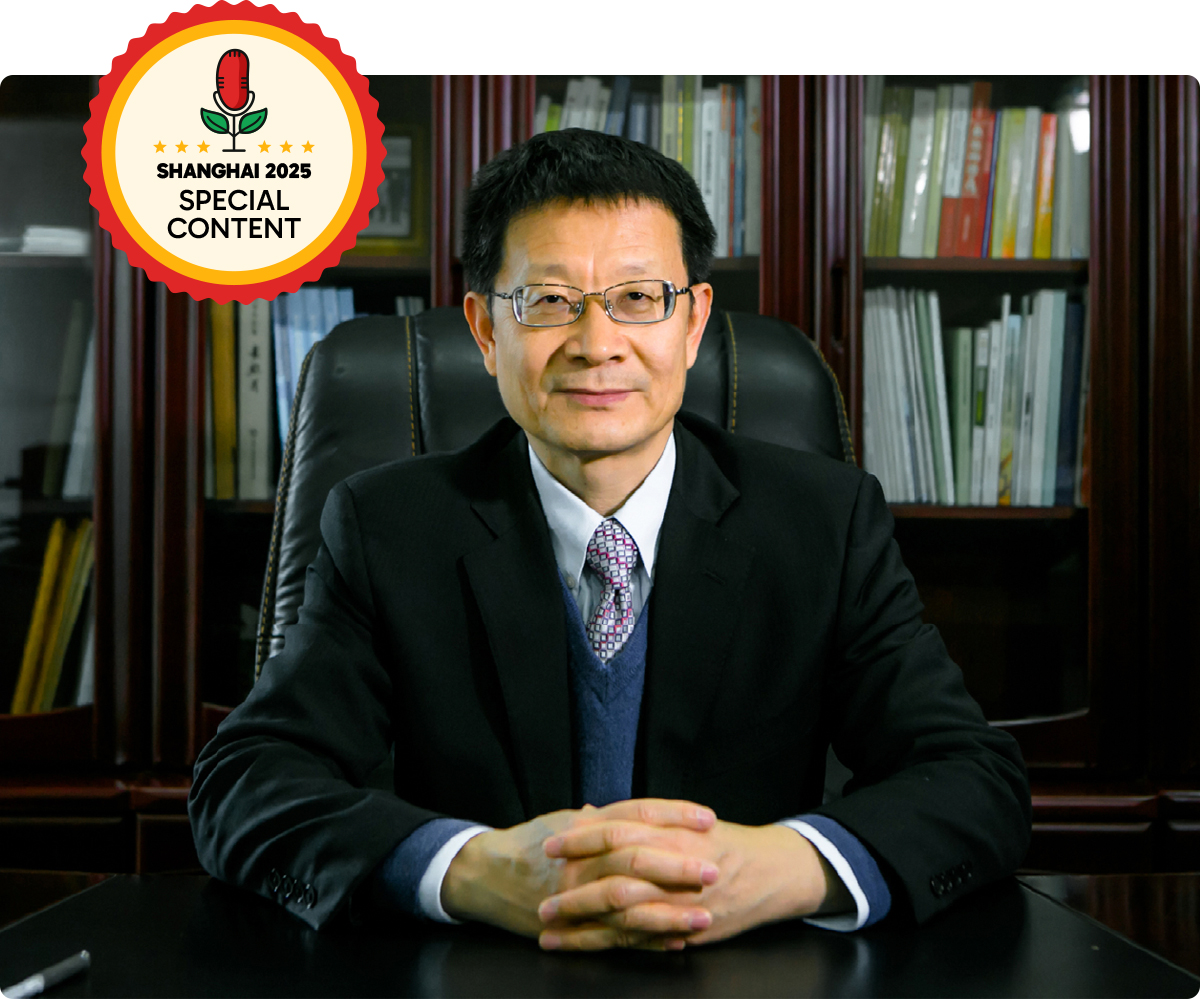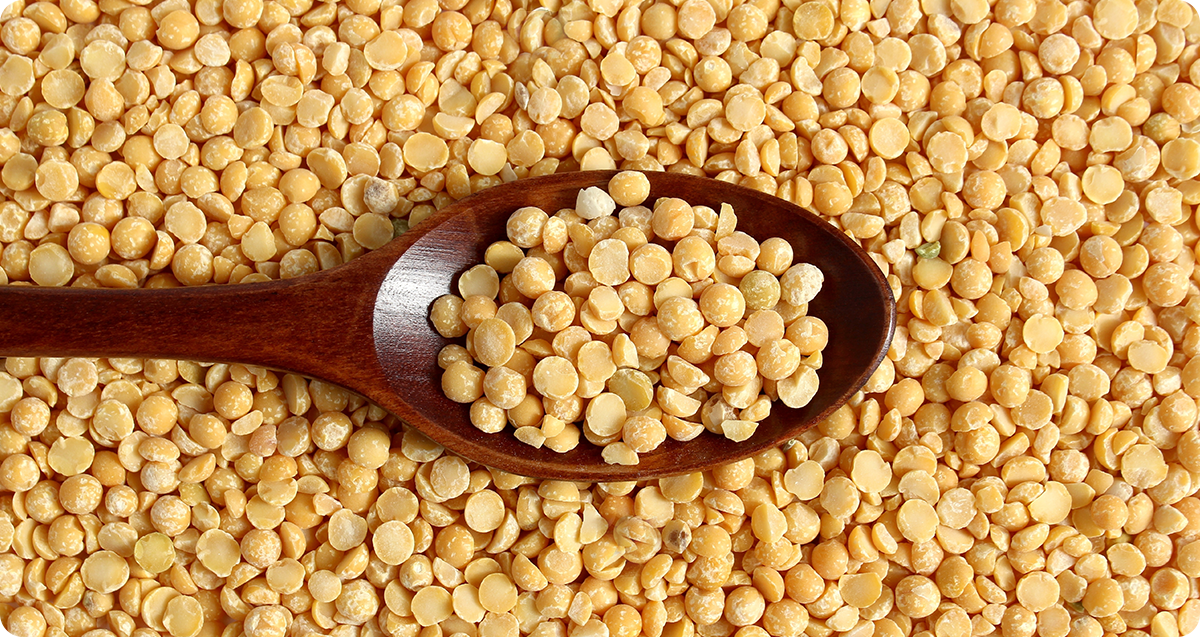July 30, 2025
Pea consumption is diversifying but remains sensitive to trade shifts, quality, and policy. From deep processing to feed, CFNA president unpacks where Chinese demand is heading—and how global players can stay in the game.


In a market shaped by price sensitivity and evolving dietary habits, Cao Derong sees steady gains—and emphasizes the need for global suppliers to adapt to China’s diverse processing needs and flavor profiles.
China’s pea market demand stems mainly from three areas: primary processing (snack foods, canned products, fried catering ingredients, fillings, etc.), deep processing (protein, starch, fiber extraction), and feed. Primary processing maintains steady growth, with annual consumption around 600,000 tons. The protein-focused deep processing industry leads globally in capacity but has operated at low capacity in recent years due to North America’s anti-dumping and countervailing investigations, with annual consumption at 400,000–500,000 tons. Feed users, the most volatile factor in pea imports, are highly price-sensitive. Future pea consumption may see slight growth in primary processing. Without policy changes (positive or negative) in deep processing, output is expected to stay stable. Feed demand, however, is hard to predict due to high substitutability.

Yellow peas remain central to China’s growing demand for plant protein, despite recent sourcing shifts and market access changes.
In recent years, the plant-based food industry has passed its bubble period and shifted toward rational development. As a key raw material for plant-based alternative meats and plant protein beverages, pea protein faces the critical task of expanding consumption and introducing advanced foreign products and technologies—efforts that will drive the growth of China’s pea deep processing sector. Currently, health and taste are the two key factors attracting Chinese catering consumers. Given China’s more diversified dietary patterns compared to Western markets, plant-based foods must adapt to diverse flavors and catering scenarios (such as stir-frying, grilling, stewing, and snacking), posing greater R&D challenges for local manufacturers.
Firstly, Canadian peas have long been deeply integrated into China’s pea processing industry—nearly 30 years since they were first adopted by China’s pea vermicelli processing sector. However, this deep reliance has brought risks of a single import source. Russian peas are mainly used for primary processing and feed. China opened market access to Ukrainian peas on March 8 this year, drawing great attention from the industry, though the compatibility of Ukrainian peas with China’s sector and their supply volume will need to be tested in practice once imports begin. As of May 2025, China’s pea imports reached 660,000 tons, up 18.12% year-on-year. Of this, Russian imports stood at 260,000 tons, down 20.53% year-on-year—largely due to poor pea quality and payment channel issues this year. Canadian imports rose 70.49% year-on-year to 320,000 tons, with 34% used for processing with imported materials, ensuring continuous production for deep processing enterprises.

Currently, Russian peas, with their relatively low prices, have been widely accepted by many primary food processing and feed enterprises. However, due to ongoing sanctions against Russia, significant issues with payment channels have hindered pea trade to some extent. Excluding external factors, I believe that China’s pea industry will, in the future, select peas from different source countries based on the varying quality requirements for raw peas in actual processing.
I believe this cooperation represents a win-win model for GPC, CFNA and international pulse enterprises focused on the Chinese market. China’s pulse market boasts huge demand potential: Chinese buyers aim to connect with more high-quality foreign suppliers while closely monitoring global planting, trade, and consumption trends of key pulse varieties in China. I hope the collaboration between GPC and CFNA can develop into a regularized mechanism. While regional conferences cannot be held in a single country indefinitely, as long as China’s market and consumption demand persist, its pulse industry will continue to attract foreign clients—and remain eager to build new partnerships.
The China regional conference co-hosted by GPC and CFNA will serve as the optimal platform linking China’s pulse industry with the global pulse sector. Through this platform, Chinese traders can not only connect with more international clients but also gain first-hand insights into global pulse products and consumption trends, thereby further boosting pulse consumption in China.
Work on market access for Ukrainian peas is still ongoing. To my knowledge, Ukraine’s total pea supply to China for the 2025/26 season is expected to be within 200,000 tons. Details such as quality, supply volume, logistics channels, and specific pricing will require further verification and confirmation through practical trade experience.
Disclaimer: The opinions or views expressed in this publication are those of the authors or quoted persons. They do not purport to reflect the opinions or views of the Global Pulse Confederation or its members.